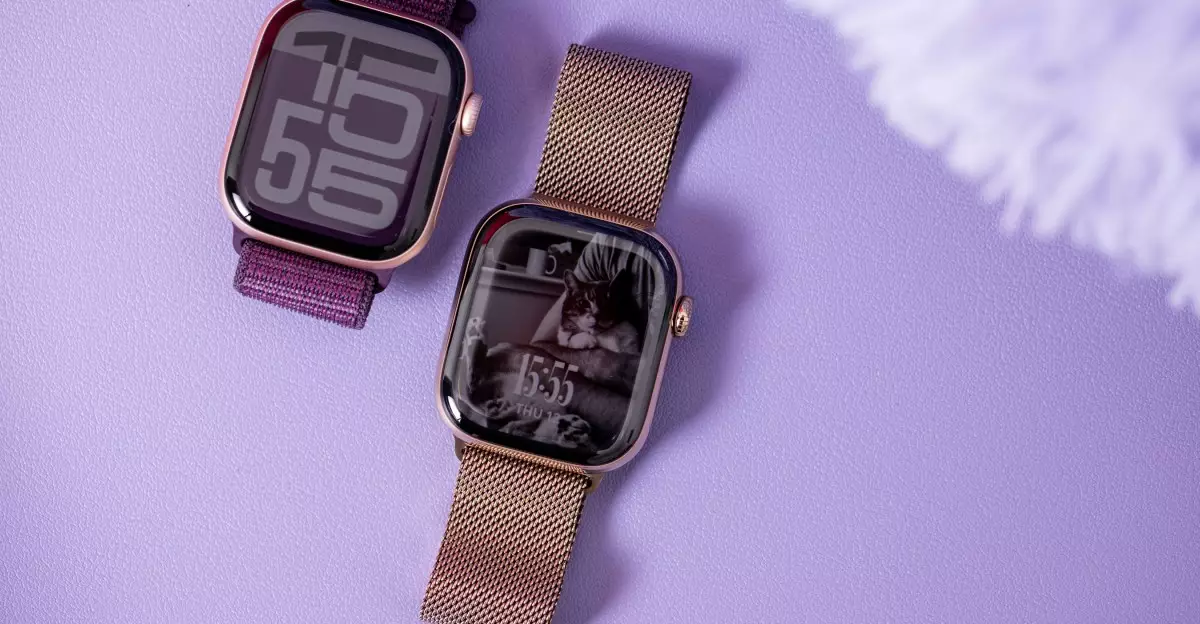Apple continues to push the boundaries of technology with audacious plans for the future of wearables. According to a recent report by Bloomberg’s Mark Gurman, the tech giant aims to deploy AI-enhanced wearables featuring cameras by 2027. This initiative promises to transform the Apple Watch and AirPods, integrating Visual Intelligence capabilities that could augment users’ daily experiences in revolutionary ways.
Visual Intelligence: A Game Changer
The introduction of cameras in smartwatches represents a significant stride for Apple. By placing cameras “inside the display” of standard Apple Watches, alongside a side-mounted camera for the Apple Watch Ultra, the company is set to redefine how we interact with technology. This technological infusion is not just about capturing images; it’s about enhancing interactions through AI-driven intelligence. With these advancements, users might soon experience a device that not only communicates information but actually perceives the world around it.
Imagine an Apple Watch that can recognize a restaurant and swiftly pull up its menu or a smartwatch that assists you in making better decisions through real-time data analysis. This is what Apple envisions for its future devices—the ability to process visual information seamlessly through AI. The groundwork for this technology has already begun with features that rolled out on the iPhone 16, showcasing the potential these capabilities hold.
In-House AI Development: Apple’s Secret Weapon
What makes this initiative even more compelling is Apple’s intention to utilize its own in-house AI models for these features. While much of today’s AI infrastructure relies on third-party platforms, Apple’s commitment to building proprietary solutions could allow for more refined, efficient, and secure applications. The urgency behind this effort is evidenced by the leadership of Mike Rockwell, who, after managing the Vision Pro project, has been tasked with upgrading Siri’s capabilities. In-house development not only promises to enhance functionality but also positions Apple distinctly in the competitive landscape against other tech giants.
Future-Proofing with Augmented Reality
Additionally, Apple isn’t stopping at wearables with cameras. There are strong indications that the company is gearing up to dive into augmented reality (AR) with new glasses modeled after concepts seen from competitors like Meta. As the digital landscape continues to evolve, Apple’s foresight shines through in its plan to integrate AI and AR functionalities that promise a deeply immersive user experience. While the AR glasses might still be years away, the work being put into visual software indicates solid groundwork is already being laid.
In this ambitious trajectory toward enriching human-computer interaction, Apple appears poised to disrupt the status quo. As AI melds seamlessly with everyday devices, we stand on the brink of a new era that could bolster productivity, enhance connectivity, and create smarter technological environments. The potential availability of AI wearables that can “see” and understand the world around them could herald an age where information is not just at our fingertips, but also perceptive to our needs.


Leave a Reply
You must be logged in to post a comment.